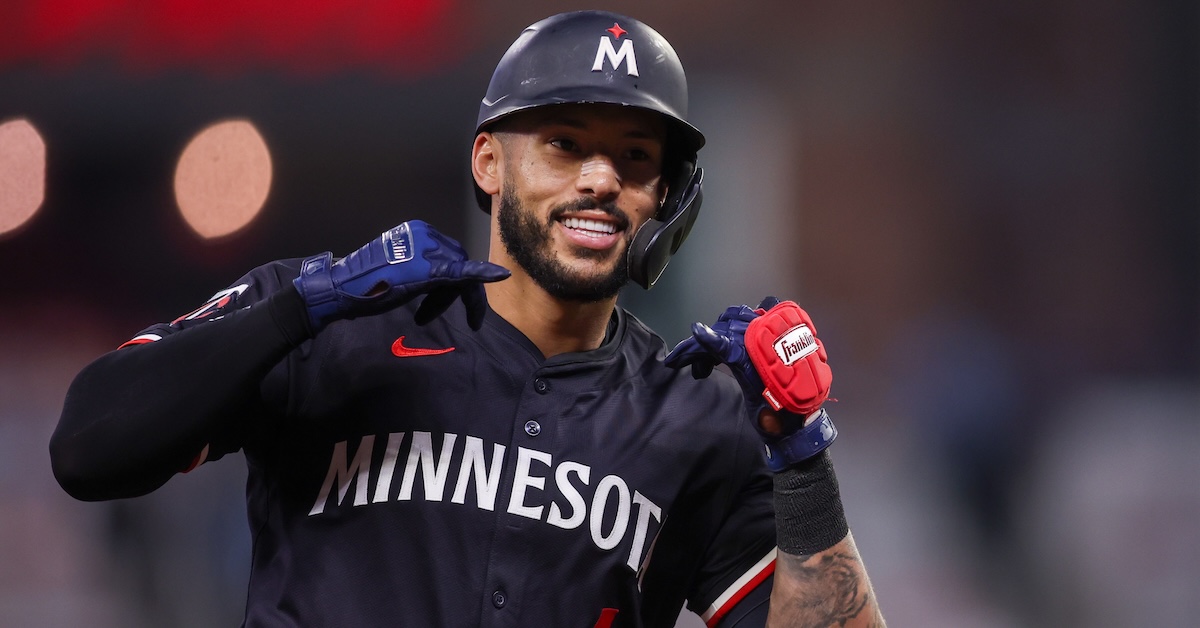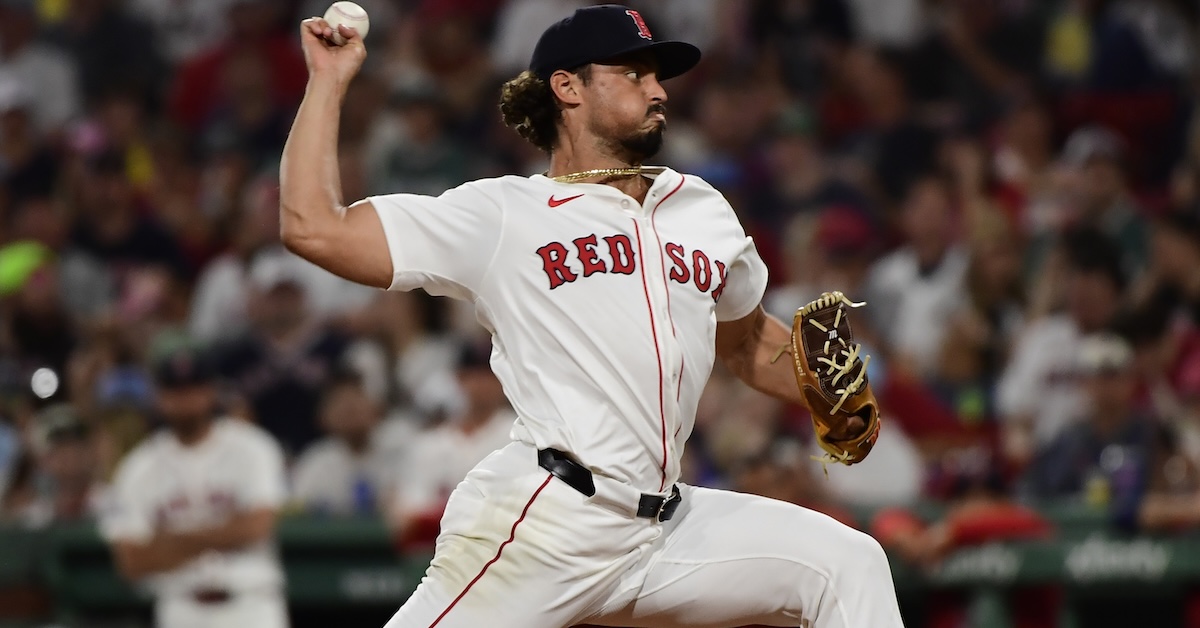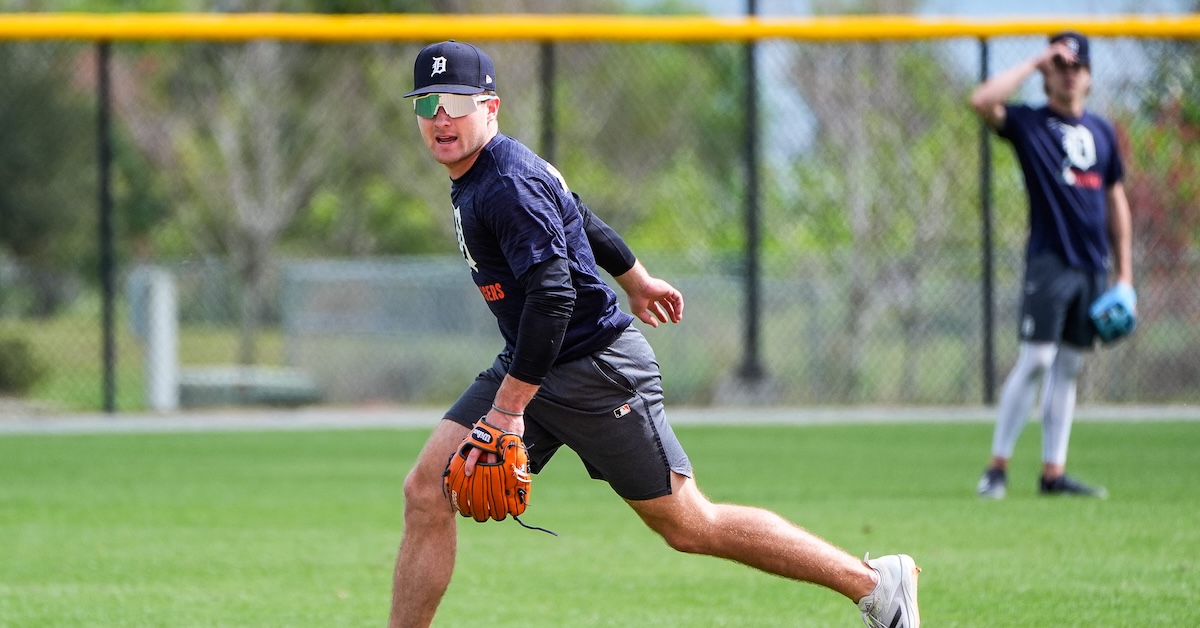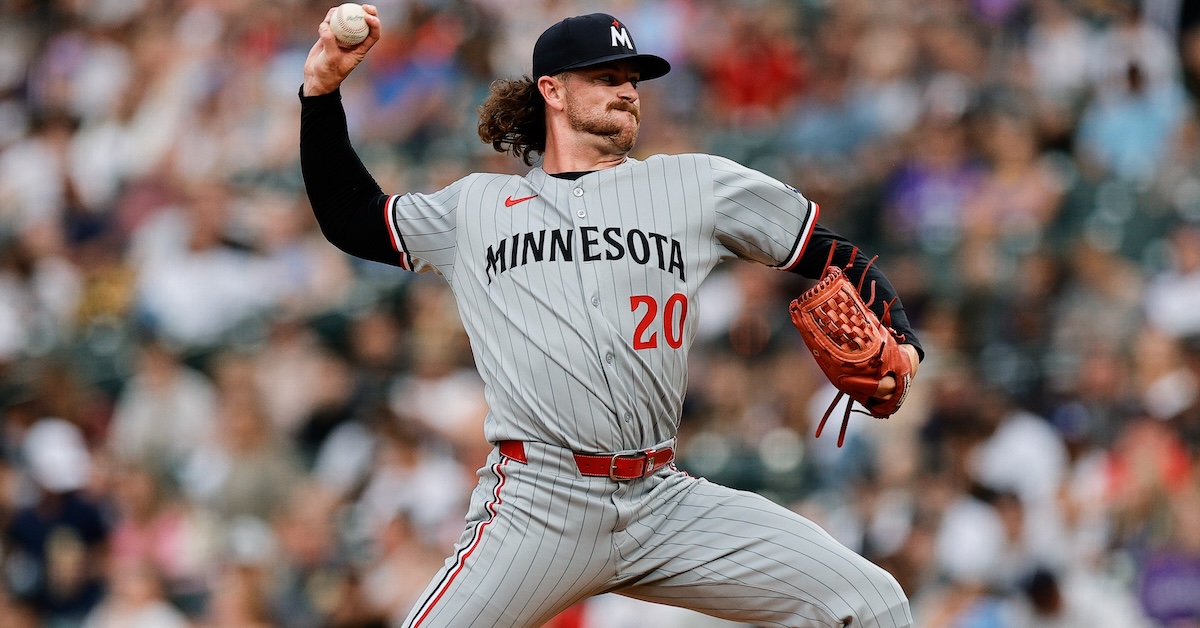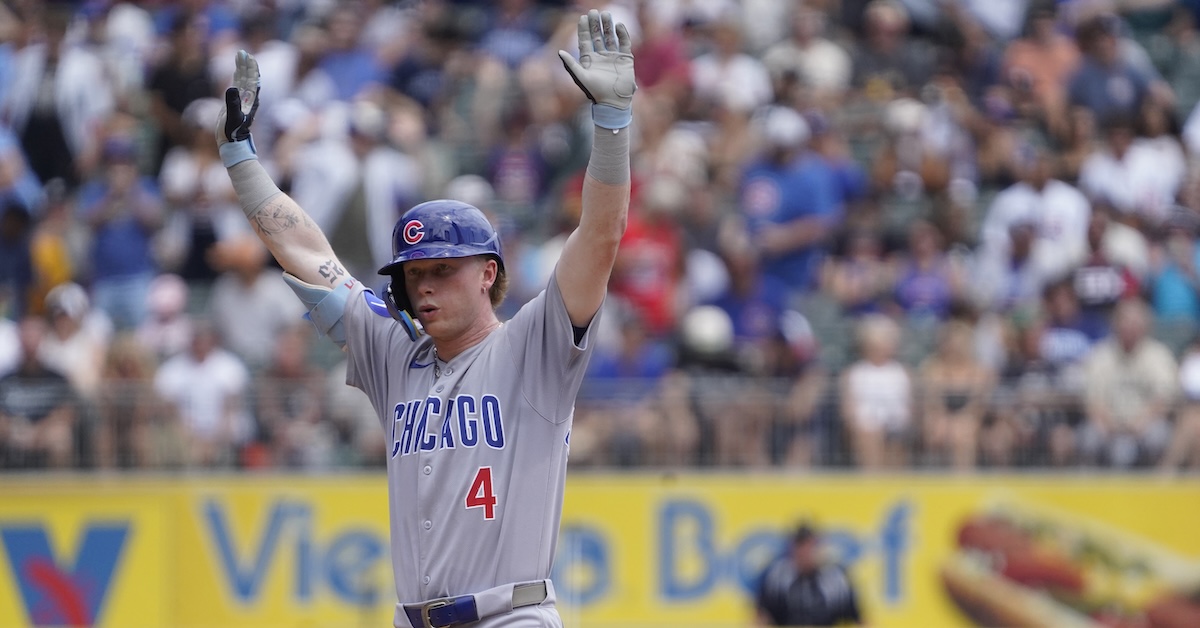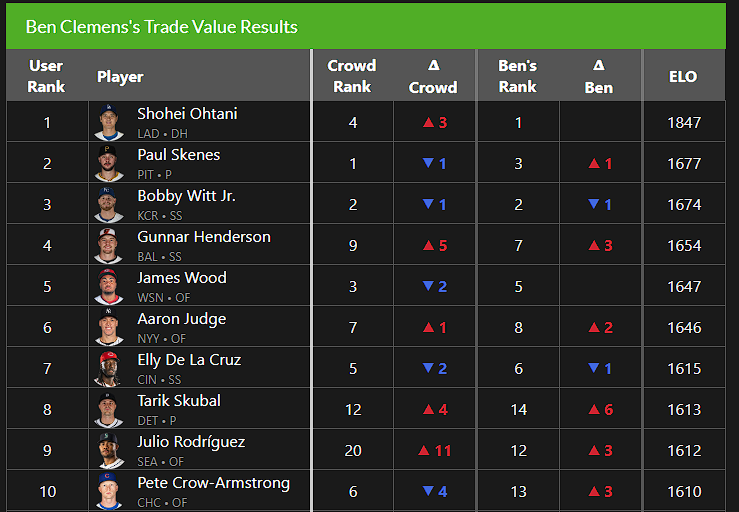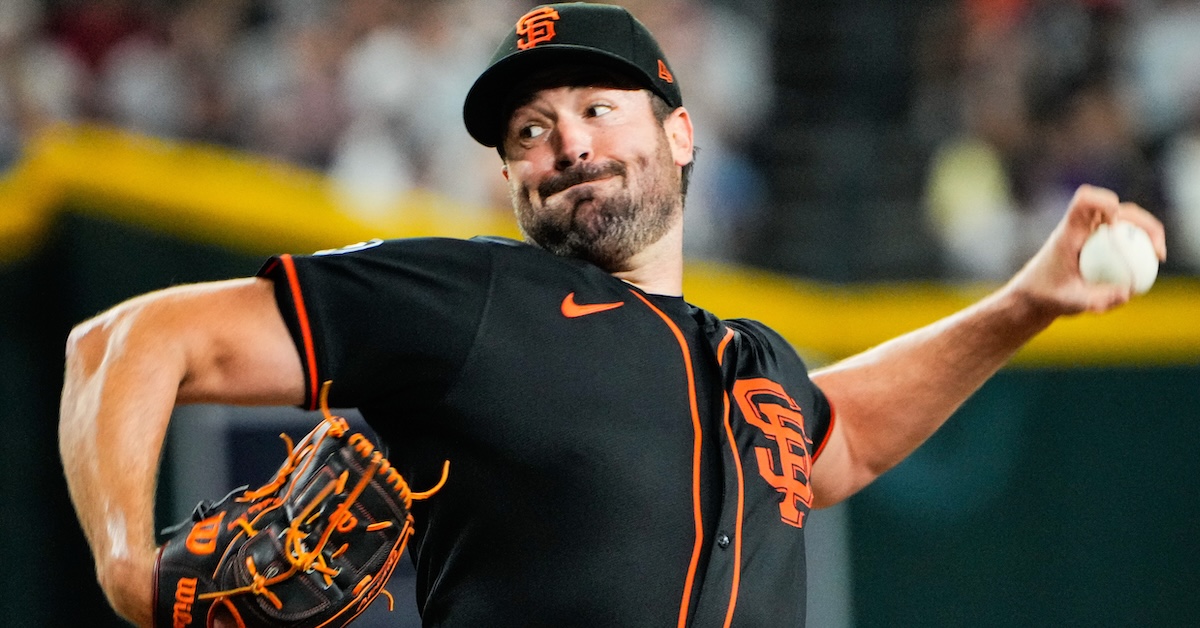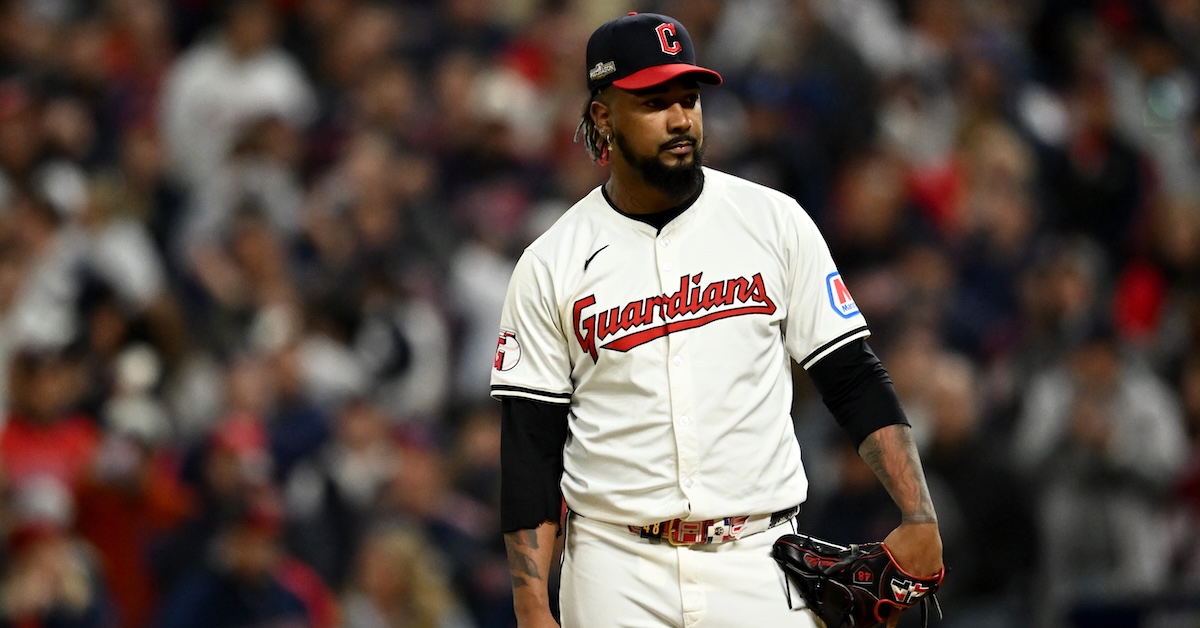Acuña, Soto, Buxton: A Star Outfielder Injury Roundup
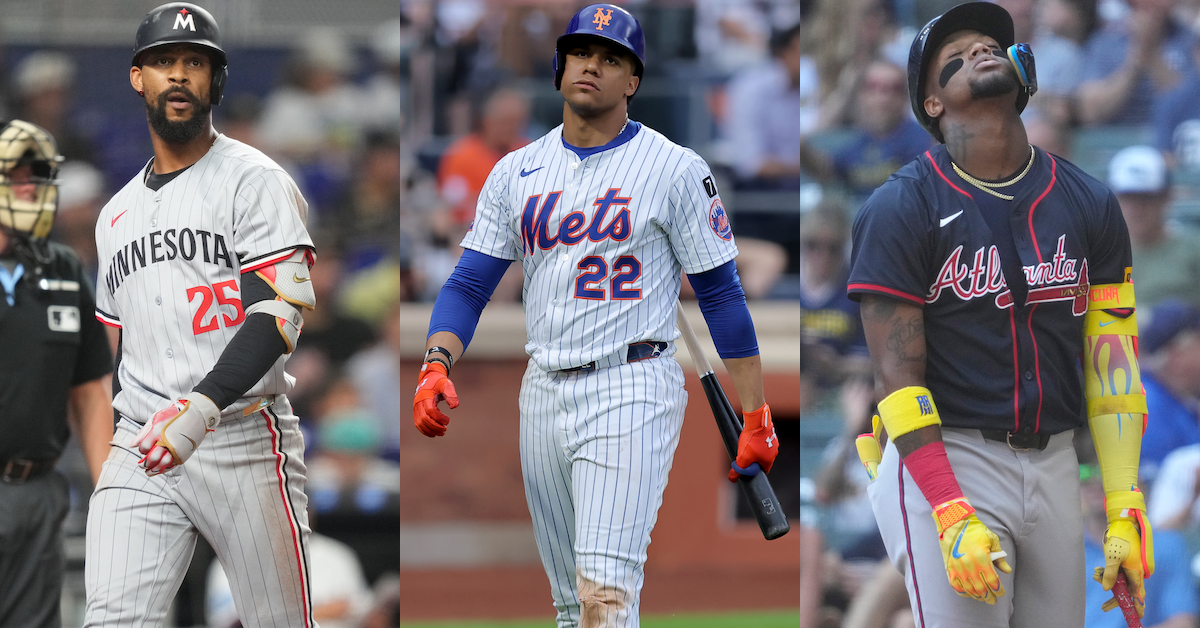
Happy Wednesday. Would you like some sad news? Are your cheek muscles getting tired from constantly smiling because everything in the world keeps humming along so smoothly? Let’s bring you down with a roundup of star outfielder injury news. We’ll go in ascending order of scariness, so if you don’t feel sufficiently depressed at the beginning, just stick with it. We’ll get you there.
We start in Minnesota, where Byron Buxton is headed to the IL with left ribcage inflammation. Buxton was removed from Saturday’s game after experiencing pain in his ribs while he was running. At the time, the Twins said Buxton would be day-to-day with “left side soreness.” He hasn’t spoken to the press since Friday, so all updates have come from manager Rocco Baldelli. On Saturday, Baldelli told reporters, “We’re just going to get an image tomorrow morning just to see what we’re dealing with. He actually felt it more running than anything else.” The MRI delivered good news, revealing only “cartilage irritation” rather than structural damage to the ribs. The team again classified Buxton as day-to-day. “It’s a good outcome,” said Baldelli. “We’ll see how he is tomorrow and so on, but to be day-to-day with what he left the game with, it’s a good thing. We’ll measure him out, get him looked at by the trainers each day, get him a lot of treatment and hopefully he’ll be back very soon.”
Unfortunately, Buxton hasn’t gotten back into a game and the Twins have lost three of four, cementing their status as deadline sellers. Harrison Bader has taken over in center field, but he’s widely expected to be moved at the deadline. Buxton has a no-trade clause and recently reiterated his stated desire to say with the Twins for life, but the injury seems likely to silence any remaining whispers about the possibility that he could be traded too. Read the rest of this entry »
